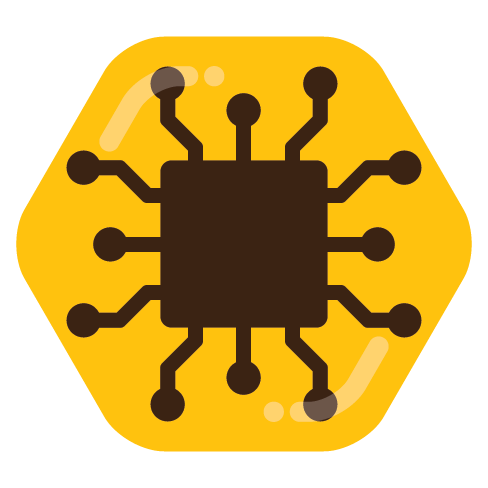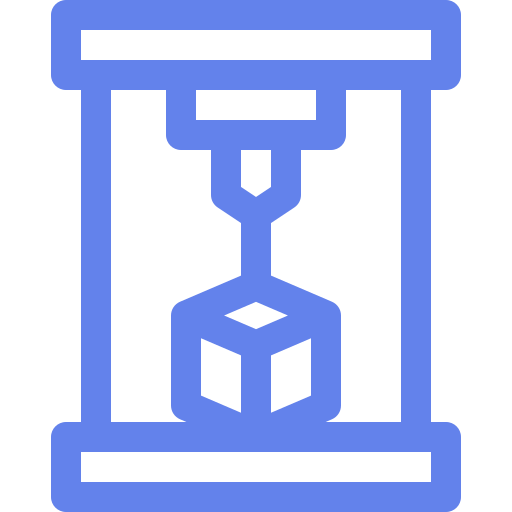

If Kleenex were the only ones doing facial tissue, then this could be, “toilet paper vs. Kleenex”, and you’d be wondering “why isn’t this Charmin vs Kleenex?” while Charmin happened to be the TP brand they chose because they had access to it.
Tesla is the only one doing camera-only self driving, so there’s no point in delineating the two. Lidar you can expect from any other brand, so it’s a token choice in this instance, especially for an engineering entertainment video.





Like I said, demonstrates neglect.